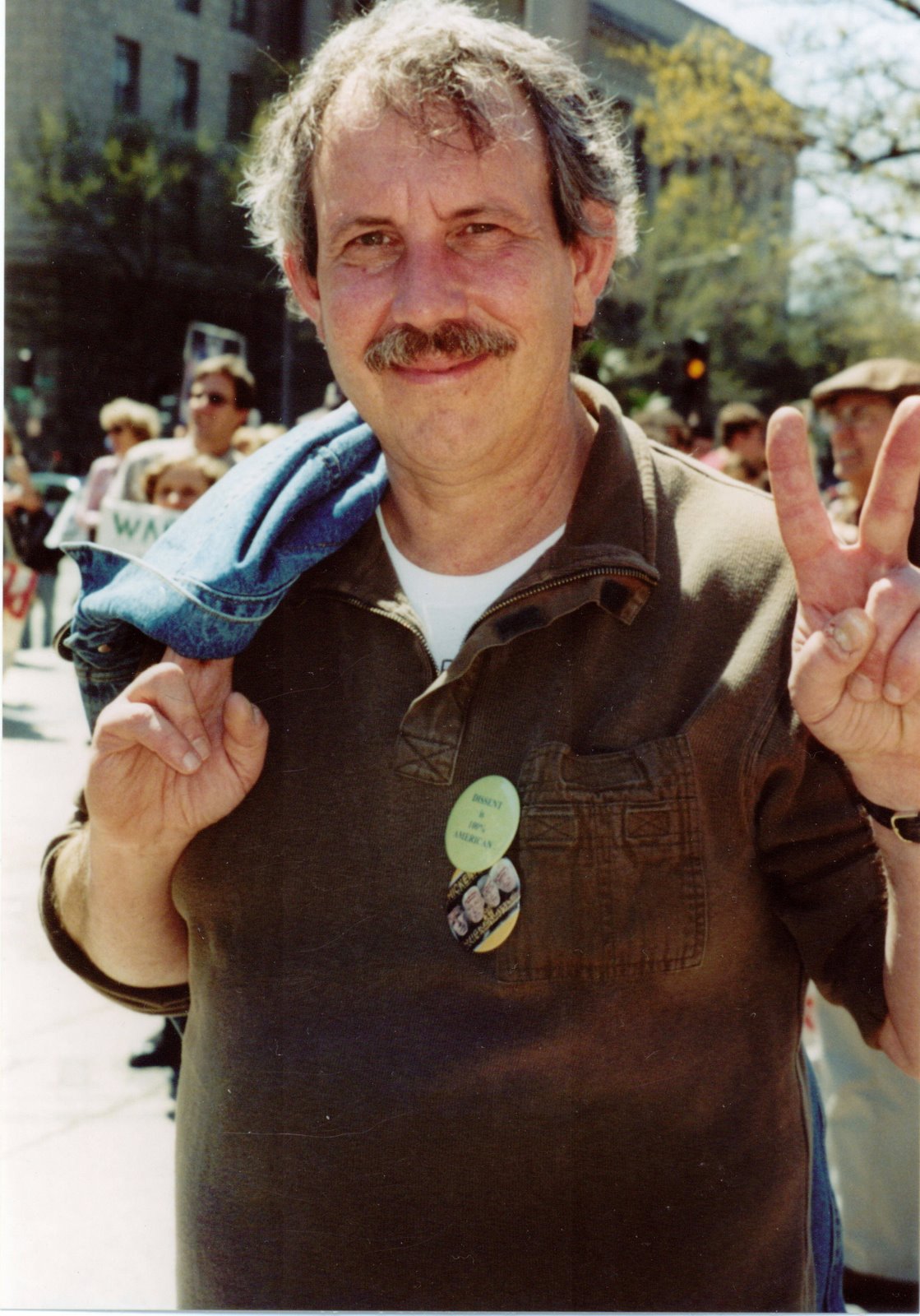OK, more on speculation and oil prices. I have followed Paul Krugman’s reasoning for a while on the oil price/speculation issue. His reasoning is very solid and at first blush seemed unassailable to me. His basic model on spot and future prices can be found here and I think is really worth a read. To give a brief summary, the logic is that if excessive speculation in the futures market was driving prices in the spot market there would be a couple of signatures we could observe. The first signature would be future prices that exceed spot prices (a condition called contango) providing the incentive for producers to withhold product from the market. Why deliver it today for $120/barrel when I can deliver it tomorrow for $125/barrel? Sell it tomorrow at a higher price rather than today at the lower price. (Note that holding current supply from the market would cause spot prices to increase and the aforementioned inventory build.) The other signature is that there should be a build in inventory as oil is held off of the market for delivery in the future. Neither of these signatures is evident in today’s market, however, so the conclusion is that speculation in the futures market is not impacting oil prices. To see this on his graph I have reproduced a modified version here.
The blue lines represent the original graphs (as drawn by me using crude tools). Expected appreciation is the curve on the left graph, and if future prices are expected to exceed spot then expected appreciation is positive (contango). If spot prices exceed future prices we get negative expected appreciation (backwardation). Equilibrium that determines the spot price is the intersection of expected appreciation and carrying costs. Looking at the blue lines, the typical argument that future prices are driving up current prices suggests there is excess supply (the supply being held off of the market). This would be the other signature – inventory build.
This model assumes, however, that supply is fixed. If I want to deliver less oil today, I must store the excess. What if instead producers are making output decisions that are influenced by future prices. Strong future prices at lower volumes of output would suggest less elastic demand, which in turn would suggest lower output for profit maximization. I illustrate this using the red lines. If the supply curve shifts to the left because of distortions caused by strong future demand, current output equals current demand and we are in backwardation at the same time spot prices are impacted by future prices. If strong future demand is impacting the output models of oil producers this model could explain why the signatures we would expect to see are absent. I have no particular experience with the oil industry and don’t know whether they set production based on models or based on maximum capacity. If they use supply and demand models, as I would suspect they do, then strong speculative demand for future delivery, particularly in the physical delivery market, could have a meaningful impact on spot prices through output model distortions. (I note that if in fact producers are setting output at lower levels than they otherwise would the lower level of supply could appear as a peak oil issue.)
All input welcome. I am not an expert on this topic and want to learn!
Saturday, July 19, 2008
Oil and Speculation - Again
Posted by
Palermo's Blog
at
10:38 PM
![]()
Labels: heating oil, oil, oil prices, paul krugman, speculation
Subscribe to:
Post Comments (Atom)


2 comments:
The Saudi's don't have to store oil, they just pump less.
Dwayne
http://tennesseeflyfishing.blogspot.com/
There's not a lot of above ground storage - Crude does not function like any other commodity which you can simply throw into a warehouse.
Storage is costly, you generally want to pump and deliver. And the pumpers want to make sure that the World's demand is satisfied, and that the level of demand is sustainable.
I'm sure your monitoring the exchange price - I look at it daily:NYMEX Futures - Oil Price
Post a Comment